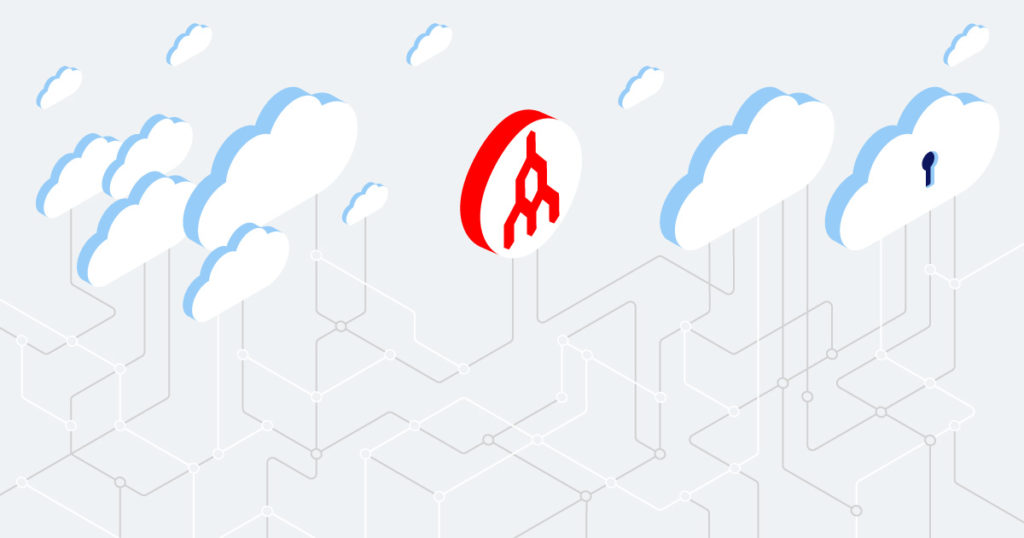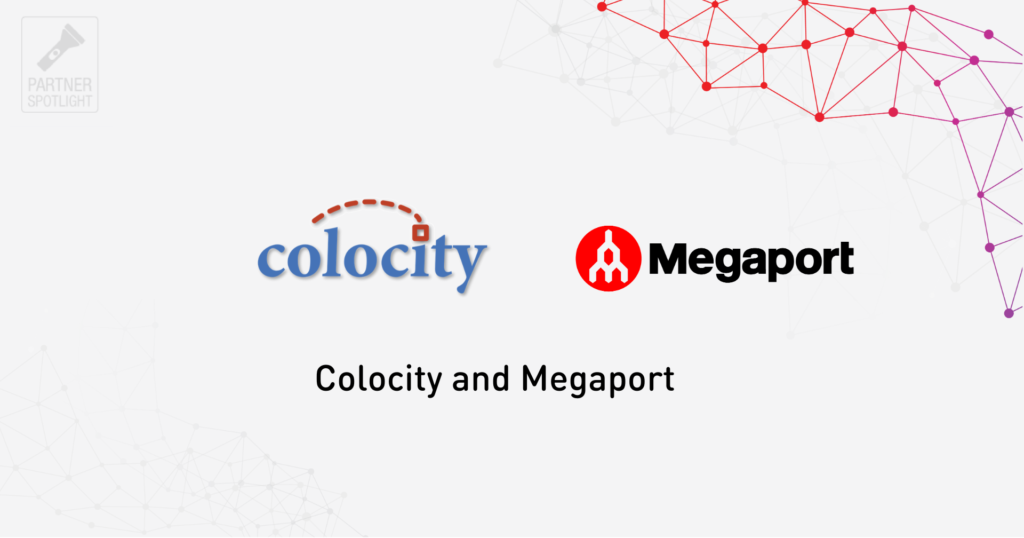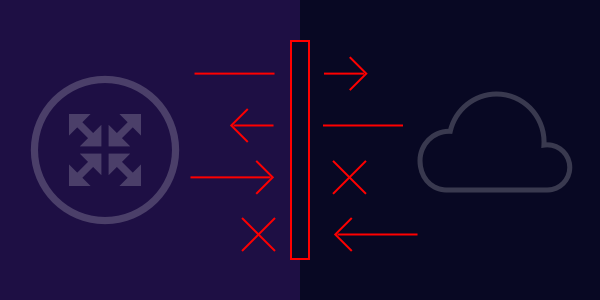
Evaluating and Understanding your Cloud Connectivity Options
- Cloud networking
- February 24, 2019
- RSS Feed
What are the options available for connecting to the cloud and what’s the best choice for your business?
So, you’ve decided you want to connect to a new service in the cloud. Whether it’s a line of business app, a development environment, or a new productivity tool to help your team achieve more, it’s important to recognise that, ultimately, what your business gets from a cloud service depends on how you choose to connect to it.
Assessing your connectivity options can be confusing – especially for businesses that are taking their first steps into the cloud or those that are implementing a new cloud strategy; perhaps making the move to hybrid or multicloud. You might find yourself in the classic situation where you don’t know what you need until you need it.
To help, we’ve pulled together some useful information to help you make the right connectivity choice first time, instead of having to make a switch once you’ve recognised that the one you chose doesn’t really meet your needs.
Here are your three main cloud connectivity options, with a quick rundown of why you might – or might not – want to consider them.
Option #1: Public Internet
The first and simplest cloud connectivity option is a standard public internet connection. It enables you to get started with the cloud quickly, and gives you a lot of choice in the services you can access.
The major advantage of public internet connectivity is that it’s very cost-effective. It’s easy to set up, easy to manage, and in almost every case, your business will already have it in place, so getting started with the cloud is as easy as choosing the solutions and services you want to access and connecting to them.
However, this simplicity, cost-efficiency, and flexibility comes at a serious price. When you use a public internet connection to access cloud services, performance and reliability are not guaranteed. If your cloud services become critical to your operations as a business, unforeseen downtime can be a huge problem, and have a major impact on your company from both a performance perspective and a financial one. With the public internet, you’re highly exposed to those threats.
It’s also important to note that connecting to the cloud is really all that the public internet can support you with. As your needs change, you may find that you want to connect multiple sites using cross connects or integrate cloud and on-premises systems and solutions together. The public internet won’t support these processes.
Option #2: A Direct Cloud Service Provider Connection
For those seeking greater connectivity performance and reliability, a direct Cloud Service Provider (CSP) connection is a great option. By installing a physical connection point in your data centre that routes directly to your chosen CSP’s nearest data centre, you create a constant private connection to this provider and their services.
That private connection delivers consistent performance around the clock, with reliability backed up by SLAs defined in your cloud provider contract. Plus, because it’s a private connection, by its nature, it’s more secure than the public internet for transferring sensitive data.
However, to establish this kind of connection to a hyperscale CSP, you need to physically be within reach of their cloud onramp. If your chosen partner doesn’t have a data centre that’s physically close enough for you to connect to, direct CSP connection simply isn’t an option.
Plus, establishing these connections can be relatively costly. The high cost of establishing the physical line between you and your chosen CSP leads to virtual vendor lock-in – where you are free to use other cloud services, but the amount you’ve invested in a connection to that single vendor means you’re effectively tied to what they can offer.
Option #3: Network as a Service
Network as a Service is a relatively new connectivity option, but many have already found that it effectively delivers the best of both public internet and direct CSP connectivity – while mitigating many of the challenges associated with both.
You connect to a NaaS partner the same way you would connect directly to a CSP, through a physical connection to their data centre. That gives you the same kind of performance, security, and reliability that you’d expect from a CSP connection, but that’s where the similarities end.
Your NaaS partner isn’t tied to a particular cloud vendor, they can help you access any services you want, from any provider, through a single portal. It’s the freedom and flexibility of a public internet connection blended with the reliability and control of a private CSP connection.
NaaS partners effectively bring Cloud Service Providers’ edge closer to your business – providing physical onramps to CSP services in areas that aren’t physically served by the CSP themselves. For a huge range of businesses, this is a revolution – enabling them to reliably connect to cloud providers that have previously been far out of their physical reach.
In terms of cost-effectiveness, NaaS carries a setup cost to build your initial physical connection, but offers peace of mind knowing that as your cloud needs change, you’ll be able to use the same connection to access whatever services you need in the future.
As NaaS pricing models are aligned with the way you consume cloud services, you have the freedom to just pay for the bandwidth you’re going to need – and dial connections up and down to suit. There are no lock-in or long-term contracts.
Plus, the same partner can help you connect multiple points of your own infrastructure and services across geographies — making it easier to build and configure a hybrid cloud environment as your business grows and evolves – and scale to new markets easily.
Interested in NaaS? Speak to the Experts
At Megaport, we’re leading the Network as a Service revolution. If NaaS sounds like your ideal path to the cloud, speak to us, and we’ll work with you to understand your business needs and help you plan the perfect cloud connectivity strategy. Get in touch to learn more.


